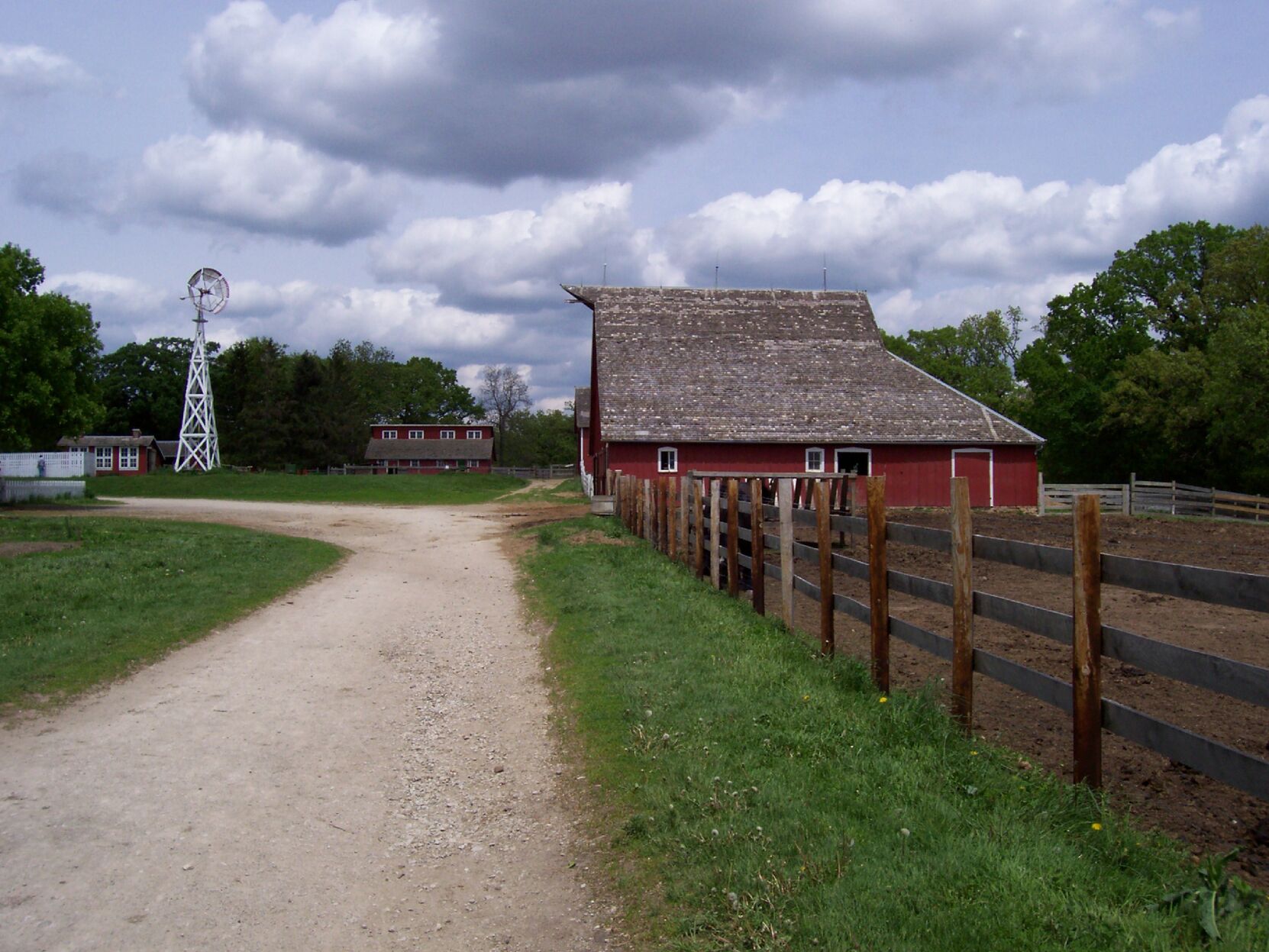New farm bill shows signs of life despite cloudy political environment


Hope springs eternal throughout farm country, and recent discussions on the farm bill suggest that there may be new reasons to be optimistic about new legislation moving in May – at least out of the House Agriculture Committee.
Agriculture Committee Chairman Glenn “GT” Thompson recently said he plans to move a bipartisan farm bill through the panel next month, and he has identified a way to pay for changes to commodity programs and crop insurance. Additional funding will be needed to overcome key hurdles.
“We’ve found a way to fund — and robustly fund — the safety net programs,” the Pennsylvania Republican said in an interview with Agri-Pulse. He later said his funding plan required some modifications to the U.S. Department of Agriculture’s Commodity Credit Corporation spending authority.
Thompson said no money would be shifted into the commodity program from the nutrition title or from Inflation Reduction Act conservation funding, both sources that Democrats have insisted on protecting.
Farm groups have been pushing Congress to increase the reference prices that trigger payments under the Price Loss Coverage program and expand crop insurance options.
Thompson indicated that he still wants to impose restrictions on future updates to the Thrifty Food Plan model that’s used to adjust Supplemental Nutrition Assistance Program benefits, an idea that has faced strong Democratic opposition because it would slow future benefit increases. His plan would likely cross a red line for Democrats, including Senate Agriculture Chairwoman Debbie Stabenow, D-MI.
Stabenow has flatly ruled out restricting TFP updates and removing climate guardrails on IRA conservation funding. She’s also cool to restricting CCC to free up money for farm bill funding.
While she hadn’t seen Thompson’s latest CCC plan, she thinks, “Anything that limits CCC is very shortsighted for farmers because that’s where they fund commodity emergencies and trade and so on. So, I don’t know how limiting those dollars ends up in being a plus for farmers.”
Stabenow has previously reported that she worked with Senate Majority Leader Chuck Schumer, D-NY, to secure an additional $4-5 billion in farm bill funding, without specifically naming the funding source.
As part of Thompson’s strategy to win bipartisan support, he offered House Agriculture Committee Democrats a one-page summary of his plans. The GOP plan calls for bringing the Inflation Reduction Act conservation funding into the farm bill, saying that doing so would increase the baseline for conservation programs by 25%.
But the summary stops short of pledging not to remove climate guardrails from the IRA funding, saying instead that the GOP is open “to further input on how to best spend those dollars across the title.”
The summary also says GOP members are willing to “hear from all involved on creative, serious ways to emphasize carbon reduction, all while protecting the voluntary locally led incentive structure that has long existed” in conservation programs.
The summary also includes a list of “additional Democrat priorities” that could be included in the legislation.
Those issues, which are only vaguely defined, include:
· Enhancements to animal welfare protections;
· Innovative solutions that promote small cattle producers’ position in agriculture;
· Expanded assistance for seedling and nursery support;
· Increased cost-share assistance through the Rural Energy for America Program;
Sign up for HPJ Insights
Our weekly newsletter delivers the latest news straight to your inbox including breaking news, our exclusive columns and much more.
· Mandated technical assistance program for communities, including persistent poverty counties, economically distressed areas, socially vulnerable communities, and colonias.
· A significant expansion in funding for specialty crop programming;
· Further investment in organic programming.
There is no specific explanation in the summary of what Republicans want to do with commodity programs or crop insurance.
Committee Democrats met for more than an hour last week to go over the GOP proposal. Afterward, the committee’s ranking Democrat, David Scott of Georgia, said it was a “good meeting” and that no counteroffer was developed.
“We want to make sure that we put together a good farm bill and that it certainly reflects the feelings and concerns that Democrats have. … We’ll be ready to go and respond,” he said.
Regardless of this exchange of ideas between the two committee leaders, strong political headwinds still face lawmakers who want to write a new farm bill in 2024. Both houses of Congress have slim margins, and even within the two main political parties, there’s a great deal of polarization and finger pointing about who can and cannot get anything done.
Plus, this is election season, and there is little time for Congress to pass a new farm bill this year. Lawmakers will break for the Republican National Convention in July and have little action scheduled between August and the November election.
Sen. Chuck Grassley, R-IA, a farmer who serves on the Senate Agriculture Committee, recently noted that Schumer did not mention passing a new farm bill in his most recent outline of the 2024 Senate agenda.
“A one-year extension of the 2018 farm bill is going to expire on Sept. 30. The Senate must work to pass a bipartisan farm bill before that deadline,” Grassley noted.
Editor’s note: Sara Wyant is publisher of Agri-Pulse Communications, Inc., www.Agri-Pulse.


